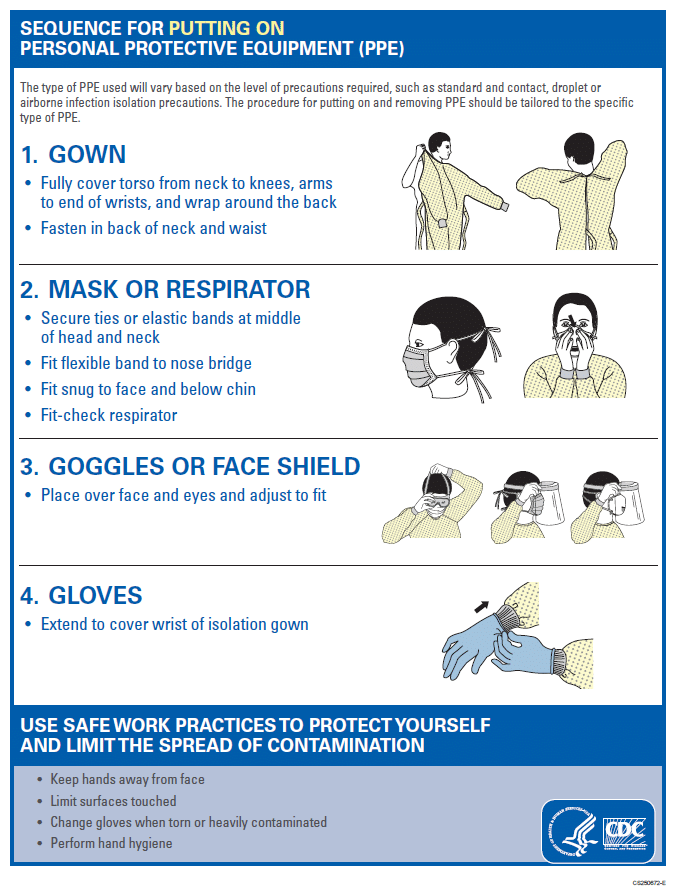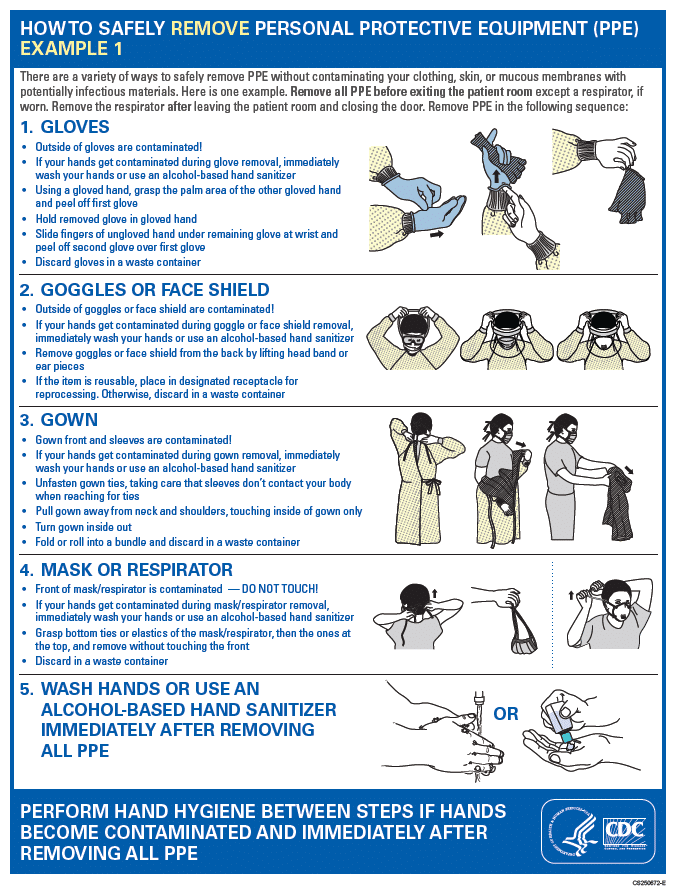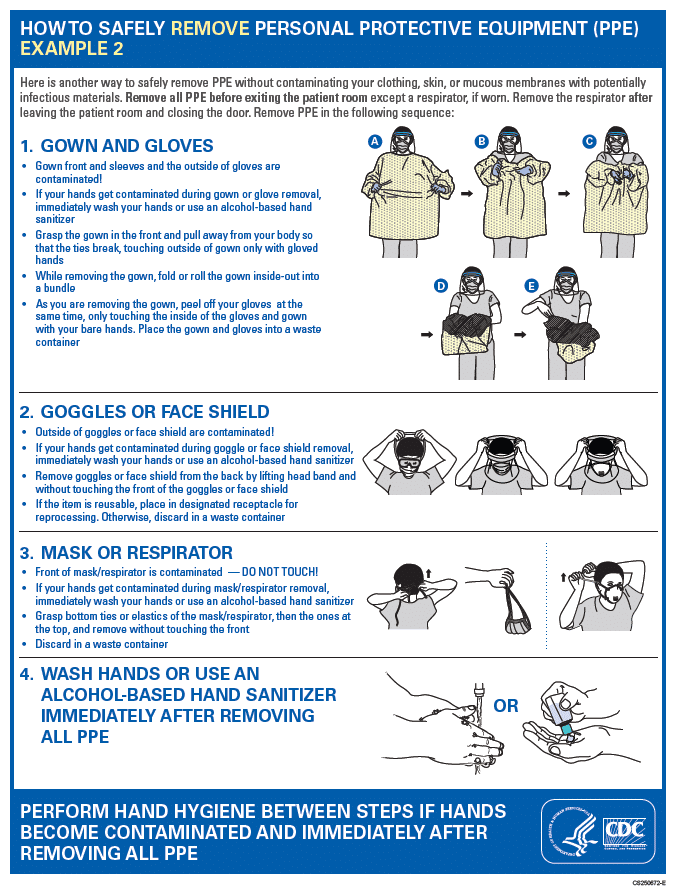
COVID-19, Returning to the Workplace - Oregon
Oregon General Guidance for Employers on Covid-19:
Train all employees in safety requirements and expectations while at worksites.
What is COVID-19?
COVID-19 is a respiratory illness caused by a new strain of the coronavirus. Coronaviruses are a family of viruses that can cause mild to severe illness. This new coronavirus has spread in people only since December 2019. Health experts are learning more and more about this new coronavirus and the illnesses it causes. At present there is no treatment for or vaccine to prevent COVID-19.
What are the symptoms of COVID-19? People with COVID-19 have had a wide range of symptoms reported – ranging from mild symptoms to severe illness. The most common symptoms include:
- Cough
- Chills
- Fever
- Sore Throat
- Muscle Pain
- Shortness of Breath or difficulty in breathing
- New loss of sense of taste or smell
How does coronavirus spread?
The virus is spread mainly from personto-person through respiratory droplets produced when an infected person coughs, sneezes or talks. These droplets can land in the mouths or noses of people who are nearby – within about 6 feet. COVID-19 may be spread by people who are not showing symptoms. It is also possible to get infected after touching an object that has the virus on it
How severe is COVID-19?
Health experts are learning more and more about who becomes sick and the range of illness from coronavirus. Reported cases have ranged from mild illness (similar to a common cold) to severe pneumonia that requires hospitalization. So far, deaths from COVID-19 in Oregon have been reported mainly in older adults who had other health conditions. From the beginning of the pandemic, most children with the novel coronavirus had very mild symptoms. More recently, a new illness in children has been reported that causes severe inflammation throughout the body. The children with this illness are very sick and require hospitalization.
Who is at risk for getting the coronavirus?
Anyone who comes into contact with the virus can become infected and may or may not show symptoms – coronaviruses spread easily to adults and children. No group of people is more likely to get or spread the virus. However, we continue to learn about groups at higher risk of becoming severely ill with COVID-19 including: people with chronic health conditions, people living in group care settings, health care and other essential workers.
How can I protect myself and others?
The best way to prevent illness is to avoid being exposed to this virus.
Steps you can take include:
- Stay home if you are sick.
- If you are at higher risk, stay home as much as possible even if you feel well.
- If you become sick while in public, return home, self-isolate, and call your health care provider.
- Practice good hand hygiene with frequent handwashing.
- Clean and disinfect frequently touched surfaces and objects.
- Cover coughs/sneezes with elbow or tissue.
- Avoid touching your face.
- Practice physical distancing - six (6) feet between you and people who you do not live with.
- Wear cloth, paper or disposable face coverings in public.
- Stay close to home. Avoid overnight trips and travel the minimum distance needed to obtain essential services.
Safety practices for exposure in the workplace
Social Distancing Guidelines
- Social distancing means that a distance of at least 6 feet (2 meters) is maintained between people whenever possible.
- Remember, people may be able to spread COVID-19 even if they do not show symptoms. Consider all close interactions (within 6 feet) with employees, clients, and others as a potential source of exposure.
- Handshaking, hugs, fist bumps and similar type of contact are discouraged.
- If there is outdoor seating areas available, please take advantage of these areas.
- Keep in mind you should also practice social distancing for all small-group activities such as lunches, breaks, and meetings.
Hygiene
- Hand hygiene is an important part of the U.S. response to the international emergence of COVID-19. Practicing hand hygiene, which includes the use of alcohol-based hand rub (ABHR) or handwashing, is a simple yet effective way to prevent the spread of pathogens and infections in healthcare settings. CDC recommendations reflect this important role.
- The exact contribution of hand hygiene to the reduction of direct and indirect spread of coronaviruses between people is currently unknown. However, hand washing mechanically removes pathogens, and laboratory data demonstrate that ABHR formulations in the range of alcohol concentrations recommended by CDC, inactivate SARS-CoV-2. [1,2]
- ABHR effectively reduces the number of pathogens that may be present on the hands of healthcare providers after brief interactions with patients or the care environment.
Proper respiratory etiquette from the CDC
Covering coughs and sneezes and keeping hands clean can help prevent the spread of serious respiratory illnesses like influenza, respiratory syncytial virus (RSV), whooping cough, and COVID-19. Germs can be easily spread by:
- Coughing, sneezing, or talking
- Touching your face with unwashed hands after touching contaminated surfaces or objects
- Touching surfaces or objects that may be frequently touched by other people
Covering coughs and sneezes and washing hands are especially important for infection control measures in healthcare settings, such as emergency departments, doctor’s offices, and clinics.
To help stop the spread of germs:
- Cover your mouth and nose with a tissue when you cough or sneeze
- Throw used tissues in the trash
- If you don’t have a tissue, cough or sneeze into your elbow, not your hands
Remember to immediately wash your hands after blowing your nose, coughing or sneezing.
Washing your hands is one of the most effective ways to prevent yourself and your loved ones from getting sick, especially at key times when you are likely to get and spread germs.
- Wash your hands with soap and water for at least 20 seconds.
- If soap and water are not readily available, use an alcohol-based hand sanitizer that contains at least 60% alcohol to clean hands
For information about preventing the spread of COVID-19, see CDC’s COVID-19: Prevent Getting Sick web page.
To help prevent the spread of respiratory disease, you can also avoid close contact with people who are sick. If you are ill, you should try to distance yourself from others so you do not spread your germs. Distancing includes staying home from work or school when possible.


